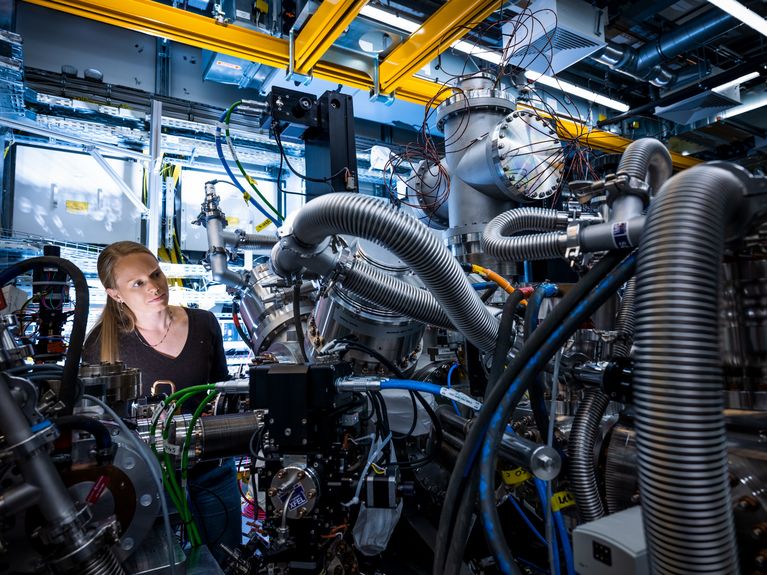
Challenge #61
Developing a new super slow motion.
We are pushing the precision of our state-of-the-art X-ray lasers to the extreme, documenting the reactions of atoms and molecules in near real time.
Participating centers
Among the world's most important lasers for research, our particle accelerators FLASH, FEMTOSPEX and European XFEL generate incredibly intense, ultra-short X-ray flashes. With them, we can observe what is going on in the microcosm in detail and quite literally film it: molecules breaking up, atoms forming bonds, crystals changing their state. Today, our scientists can follow these rapid processes down to a few tens of femtoseconds (1 fs = 0.000 000 000 001 second) - in other words, in super slow motion for the nanoworld.
We are working on refining this technique even further to the scale of attoseconds, or a billionth of a billionth of a second – to put it another way, the same fraction of a second as a second is to 32 billion years. This time scale allow us to track the even more nimble electrons in atoms and molecules at the Helmholtz Centers DESY, Hereon, and HYB, revealing a number of new prospects and questions. How, for example, do the first atomic steps of photosynthesis occur in detail? How could it be used or replicated, for example, to produce fuels and chemicals in a climate and environmentally friendly way? And how can chemical reactions be influenced into a desired direction? These secrets of the nano-world would not even be fathomable without our extreme slow motion.
(Header: European XFEL/Jan Hosan)